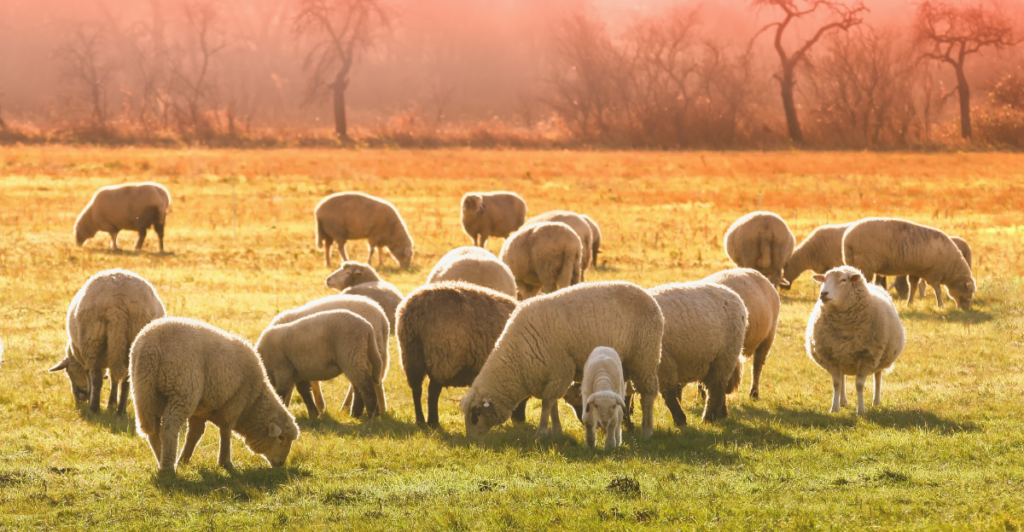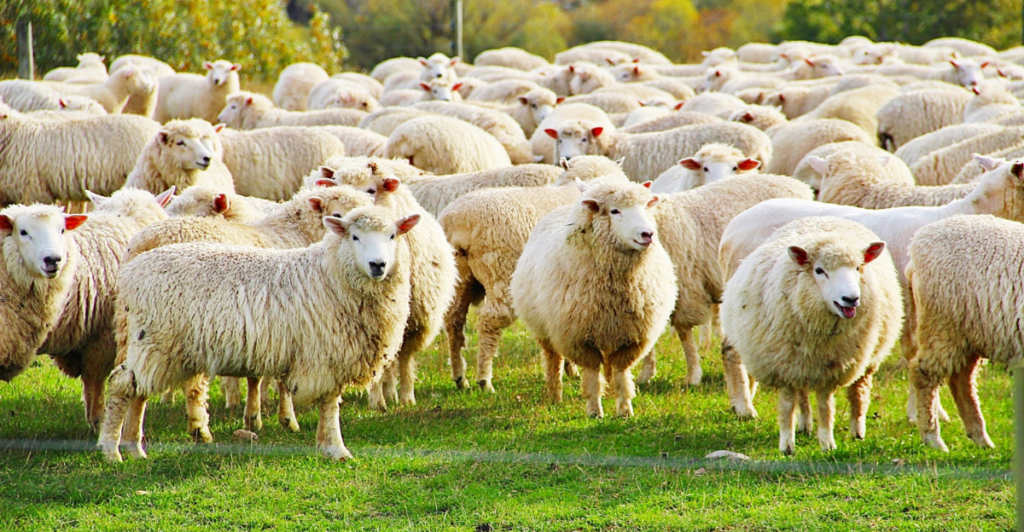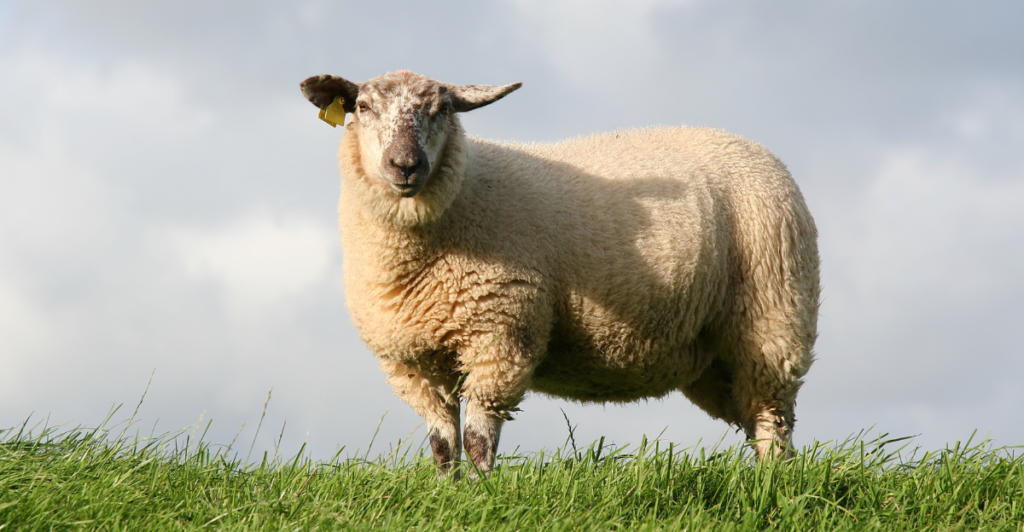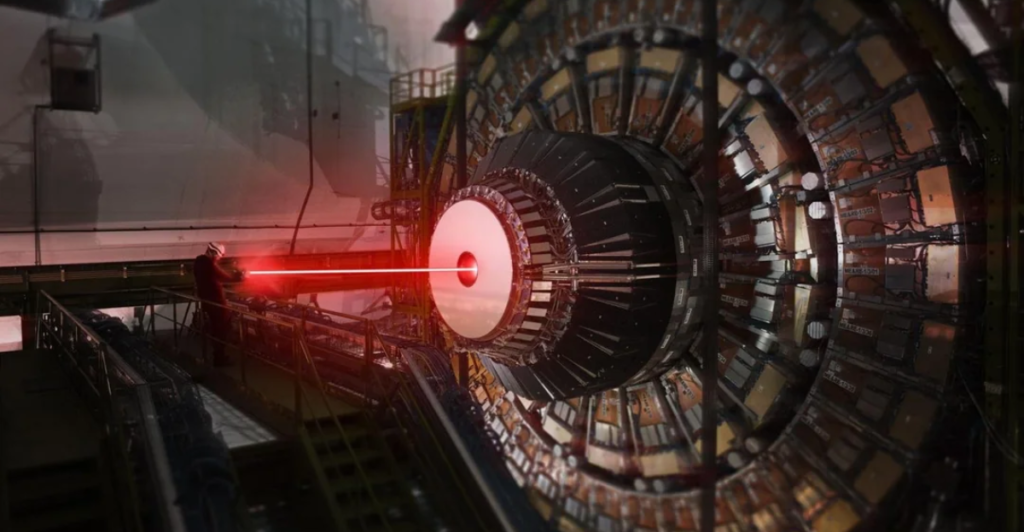
In news that no one asked for—but everyone’s talking about—CERN scientists have reportedly observed signs of quantum entanglement in sheep. Yes. Sheep. The fluffy, grass-loving ones.
According to the lab’s tongue-in-cheek announcement (posted suspiciously on April 1st), researchers noticed that when one sheep blinked, another across the pen did too—perfectly in sync. Coincidence? Maybe. But CERN called it “sheep-field entanglement.” Groundbreaking.
Naturally, the internet exploded. Physicists wept. Farmers cheered. Conspiracy theorists added “wool-coded teleportation” to their vision boards. While clearly satirical, the story had just enough scientific spice to make us wonder: what if? Time to unpack the quantum chaos—one hoofprint at a time.
The “Breakthrough” – What CERN Claimed Happened

According to the faux report, physicists working on the Large Hadron Collider turned their instruments toward a nearby flock and noticed “statistically improbable behavior between ovine units.” Translation: two sheep blinked at the same time, a lot.
This “entangled sheep behavior” was said to remain consistent even when the animals were separated by several meters. To quote CERN’s post: “The quantum wool field appears to remain in a superposition of baa and not-baa until measured.”
The article included an experimental setup involving hay, laser pointers, and “Einstein-certified wool compression algorithms.” Anyone who’s spent more than five minutes around theoretical physicists knew it was satire—but that didn’t stop the memes.
How the Internet Lost Its Collective Mind

The second the story dropped, it was like physics Twitter entered a parallel dimension. “Entangled sheep” trended worldwide. Scientists posted sheep in lab coats. Someone Photoshopped Einstein riding a ram through the multiverse.
People debated whether this could explain why sheep herd together so tightly. Others suggested it proved animals do have quantum consciousness. One user wrote, “Maybe I’m entangled with my ex. Every time I text, they don’t respond.”
Even those in the know played along. CERN’s own researchers reposted the joke with mock-serious graphs. Because at the intersection of theoretical physics and barnyard animals, comedy gold lives.
Quantum Entanglement, But Make It Woolly

Let’s pretend, just for a second, that this wasn’t an April Fool’s joke. Could animals actually experience quantum entanglement? In theory? Ehhh. It’s complicated.
Quantum entanglement is real—it’s when two particles become linked, and one’s state instantly affects the other, no matter how far apart they are. But that’s at the subatomic level. Applying it to sheep is, well… a leap. A baaa-ld one.
Still, the idea of living creatures being quantum-connected is a hot topic in speculative physics. Just not like this. Unless someone out there really has a PhD in Quantum Wool Theory.
What Makes a Perfect Science Hoax? This. Exactly This

Why did this go so viral? Because it hit the sweet spot. It sounded just plausible enough to intrigue people but absurd enough to entertain. Classic satire, perfectly executed.
CERN knows how to balance public fascination with science and humor. They’ve done April Fool’s posts before—like discovering “dark matter donuts” or confirming time travel through espresso-fueled interns.
But the sheep story worked because we want it to be true. We want fluffy animals doing weird quantum things. It makes the bizarre world of particle physics feel just a bit more… cuddly.
Physicists React

Most physicists had a good laugh. Some played along. Others used the opportunity to explain real entanglement—and how it doesn’t involve blinking sheep or wool conductivity.
A few academics, though, couldn’t resist spiraling. Reddit threads popped up suggesting the hoax was “a soft reveal” of secret animal consciousness studies. One even tried linking it to sheep’s uncanny ability to move in coordinated patterns.
Science communicators seized the moment to drop some knowledge—using the joke to explain concepts like quantum superposition, Bell’s Theorem, and non-locality. So yes, even fake sheep can teach real science.
Can Animals Be Quantumly Entangled?

No, sheep aren’t communicating through entangled wool particles (yet). But scientists have explored quantum effects in biological systems. Birds, for example, may use quantum mechanics to navigate using Earth’s magnetic field.
There’s also research into photosynthesis involving quantum coherence. So, while we’re nowhere near teleporting farm animals, nature is surprisingly quantum-y in some cases.
Still, applying entanglement to animals remains theoretical—and extremely controversial. For now, bobbing sheep in a field are just doing sheep things… not syncing timelines in the quantum realm.
Why We Love Smart April Fool’s Science

The beauty of this prank is that it was well-written, steeped in scientific in-jokes, and self-aware. It respected its audience’s intelligence while being totally absurd.
Science is often seen as serious, rigid, and untouchable. But jokes like this remind people that scientists are creative, curious, and occasionally hilarious. Humor makes complex ideas more accessible—and way more fun to learn about.
Plus, if it gets people Googling “what is quantum entanglement?” then mission accomplished. Even a fake sheep story can spark real curiosity.
A Quick Reality Check (Before You Buy a Quantum Sheep)

Let’s be crystal clear: This was a satirical press release. No sheep were tested for teleportation abilities. No wool was spun into wormholes. CERN was just having a laugh.
Still, it’s worth pointing out that misinformation travels fast—especially when it’s funny. Not everyone caught the April 1st date, and some shared it as actual news. It’s a cautionary tale about reading past the headline.
So yes, laugh it up—but remember to always check the source. Especially if that source claims you can knit quantum socks from entangled alpacas.
The Real Entanglement Was the Friends We Made Along the Way

In the end, the only thing truly entangled here was the internet’s sense of reality. But maybe that’s the beauty of good science humor—it loops us into something bigger, even if it’s all make-believe.
CERN’s sheep stunt gave us a breather from bleak headlines and reminded us that curiosity, playfulness, and laughter are part of the scientific journey, too.
So no, sheep aren’t quantumly entangled (yet). But science just got a little more popular, a little more human—and honestly? We’ll take it.
Explore more of our trending stories and hit Follow to keep them coming to your feed!

Don’t miss out on more stories like this! Hit the Follow button at the top of this article to stay updated with the latest news. Share your thoughts in the comments—we’d love to hear from you!







